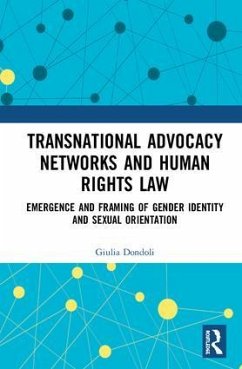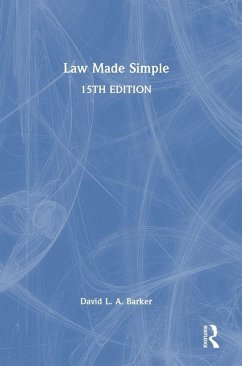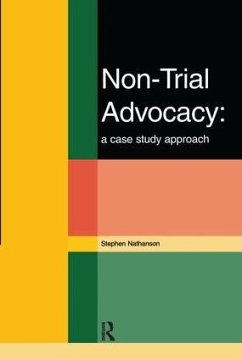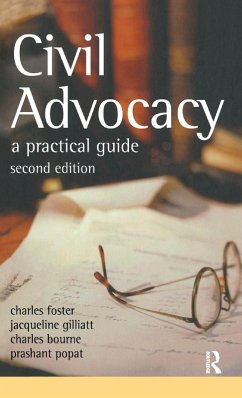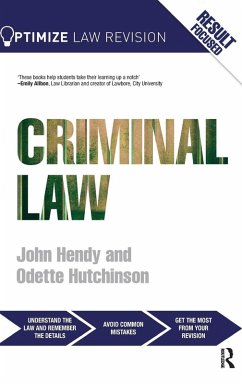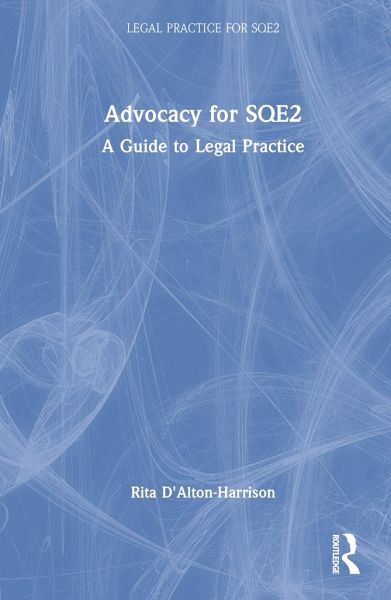
Advocacy for SQE2
A Guide to Legal Practice
Versandkostenfrei!
Versandfertig in 1-2 Wochen
190,99 €
inkl. MwSt.
Weitere Ausgaben:

PAYBACK Punkte
95 °P sammeln!
Advocacy for SQE2: A Guide to Legal Practice is the first in a new series of books aimed at those preparing for SQE2, providing a comprehensive overview of everything you need to successfully pass the SQE2 advocacy assessment. Split into the two practice sections that candidates may be tested on - dispute resolution (civil) as well as criminal litigation - the book covers the basics of court procedure in both areas, so that you fully understand the role, duties and responsibilities of an advocate. In line with the requirements of SQE2, it also tests the competency skills required of an advocat...
Advocacy for SQE2: A Guide to Legal Practice is the first in a new series of books aimed at those preparing for SQE2, providing a comprehensive overview of everything you need to successfully pass the SQE2 advocacy assessment. Split into the two practice sections that candidates may be tested on - dispute resolution (civil) as well as criminal litigation - the book covers the basics of court procedure in both areas, so that you fully understand the role, duties and responsibilities of an advocate. In line with the requirements of SQE2, it also tests the competency skills required of an advocate in legal practice such as planning and organisation, drafting, legal research, presenting a reasoned argument, witness handling, observation, exercising judgment and the application of knowledge and decision-making. It also includes a range of supporting features, including: In Summary sections Key Practice Cases Practice Tips Practice Risks Problem Based Exercises Realistic Case Scenarios Self-Reflection Checklist Further supporting materials are also provided on the companion website. Written by an author with practice experience and early involvement in the planning and development of the SQE itself, this unique book will be essential reading for any candidate wishing to be fully prepared for their SQE2 advocacy assessment.







